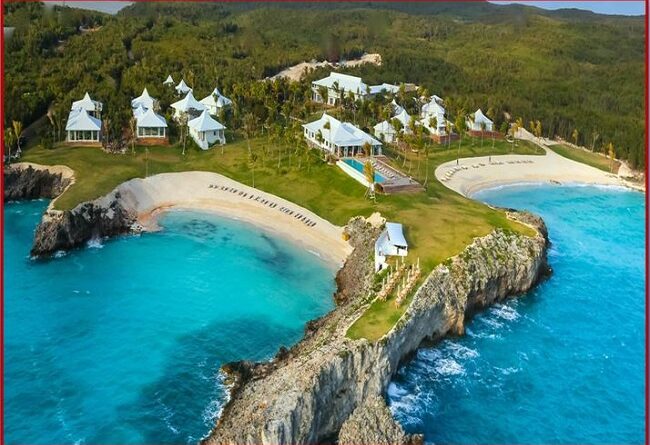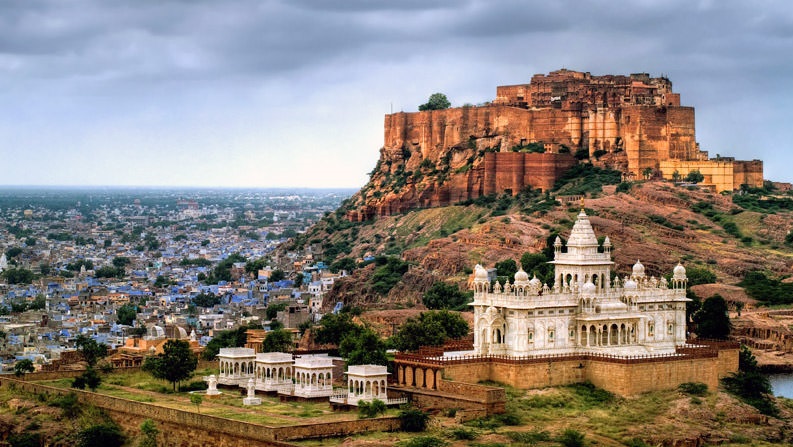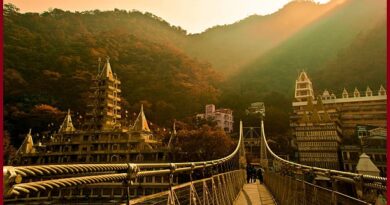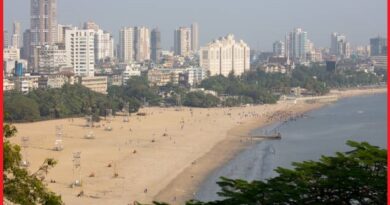“Island hopping in the Bahamas”- Stunning beaches and blooming reefs, Take a Geo-tourism around the series of islands.

The Bahamas is part of the Lucayan Archipelago, which continues into the Turks and Caicos Islands, the Mouchoir Bank, the Silver Bank, and the Navidad Bank. The 6.4 km thick limestones, which predominate in The Bahamas, dating back to the Cretaceous. These limestones would have been deposited in a shallow sea. Sedimentation from the “carbonate factory” of atoll continues today at the rate of about 20 mm per yr. Coral reefs form the “retaining walls” of these atolls, within which oolites and pellets form.
The Abacos Island consists of a 120-mile long island chain. Great Abaco Island and Little Abaco are considered the “mainland” while the other islands are the “out islands,” a term that is used to describe all of the islands of The Bahamas outside of Nassau and Paradise Island.
Marsh Harbour
Marsh Harbour is the third-largest city in The Bahamas. It is the portal to other settlements in Abaco. Once you’ve flown into Marsh Harbour, Visit the stunning Pink Sands Beach on Harbour Island, perhaps one of the best beaches in the Bahamas. This unique beach has pink-colored sands, caused by the red color of microscopic Foraminifera shells mixed in with the sands.

The Exuma’s mainland
The Exumas are renowned for blissfully isolated beaches, world-class diving, and serene resorts. There are Great Exuma and Little Exuma, wonderful in their Beauties. There’s the stunning Exuma Cays, a string of mostly uninhabited ocean outposts surrounded by blooming reefs and astonishing ecological lives. Exuma Cays Land and Sea Park area, water, and reef founded as the world’s first land-and-sea reserve in 1958.

Nassau
Nassau, originally called Charles Towne, capital of The Bahamas and West Indies. It is a port on the northeastern coast of New Providence Island, and one of the world’s chief pleasure resorts. The climate is temperate and the sandy beaches and scenery are beautiful. Nassau’s main harbor is protected by Paradise Island. The harbor attracted settlers in the early days and that’s the residential districts stretch far along the coast and into the interior.

Paradise Island
Paradise Island is an island in the Bahamas formerly known as Hog Island. Paradise Island sits just offshore from the island of New Providence in the Bahamas. Two bridges connect to the city of Nassau, over Nassau Harbour. White-sand beaches include popular Cabbage Beach and Paradise Beach, both edging on the Atlantic Ocean.
Also, read- “Rocky Mountain and national park”- Take a Geotourism around the natural beauty of the Colorado Rockies.”
Rose Island
Rose Island is a small island in the Bahamas that lies 5 kilometers east of Paradise Island, which lies directly off of New Providence Island. The island has no formal residential infrastructure and no roads. The center 2.5 km² was owned by Claude Turner for around 36 years up until 2005. The largest mass of the island is made up of a shallow inland lagoon in the center of the island. The highest elevation on the island is 16 m. The island has a thin peninsula that juts out 11 km.

George Town
George Town is a town in the Bahamas, located on Exuma Island. It has a population of 2,488. The Government Building is a popular tourist attraction inspired by the architecture of the Government House in Nassau. The deepwater harbor is a favorite spot for yachters. The Tropic of Cancer runs directly through Georgetown.




Pingback: Incredible adventure and many more-Cat Island Bahamas - Geotourism